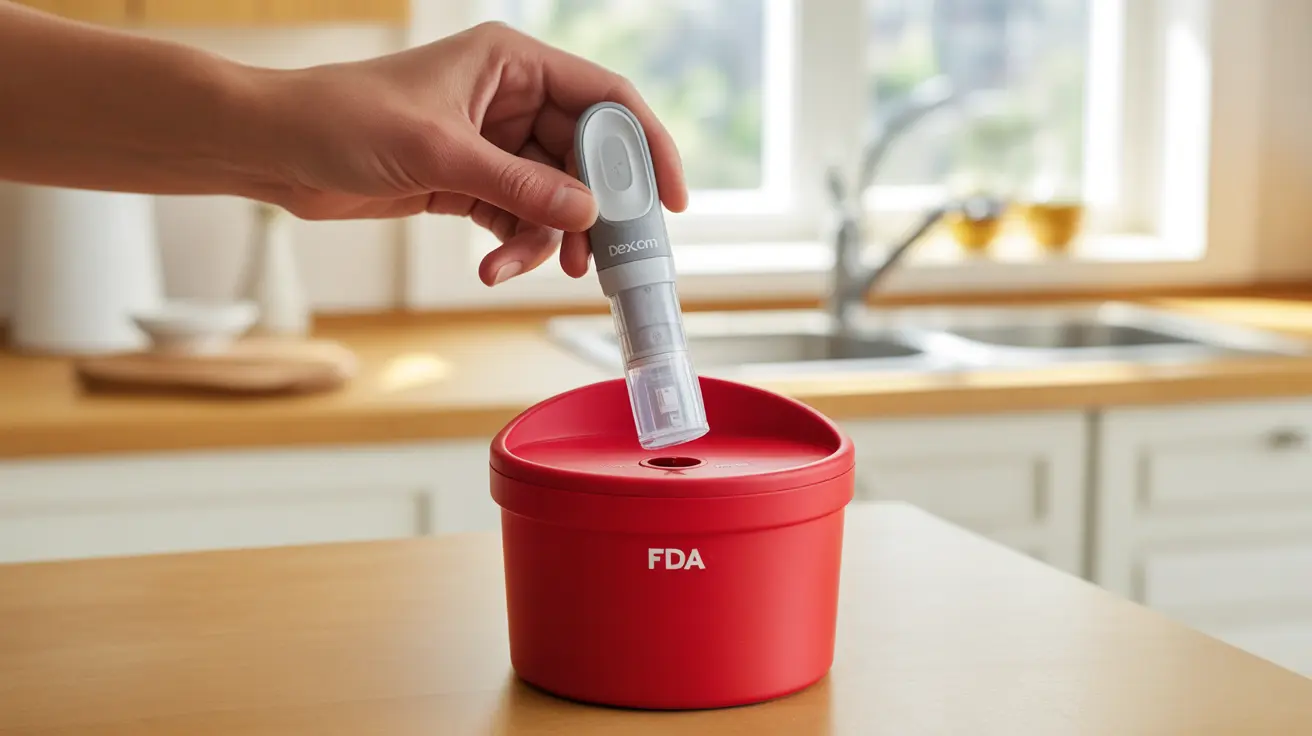GetLabTest News
Symptom Analysis
Interpreting Test Results
Diseases & Symptoms
Health Queries Answered
All
Latest
How to Be a Better Person and Be Happy: A Complete Guide to Personal Growth
Explore essential strategies on how to be a better person and be happy through mindfulness, empathy, and personal growth techniques.

Explore if Vaseline is good for your eyelashes and learn about its benefits, risks, and proper application techniques for lash care.
Health Queries Answered
min read

Discover what a PSA level of 0.10 after prostatectomy indicates and how to monitor your health post-surgery. Get informed today.
Interpreting Test Results
min read

Explore the impressive moringa benefits for men, from prostate health to fertility and metabolic wellness. Discover how moringa enhances male vitality.
Diseases & Symptoms
min read

Discover how to dispose of Dexcom G7 applicator safely using FDA-approved methods to protect health and the environment.
Health Queries Answered
min read
